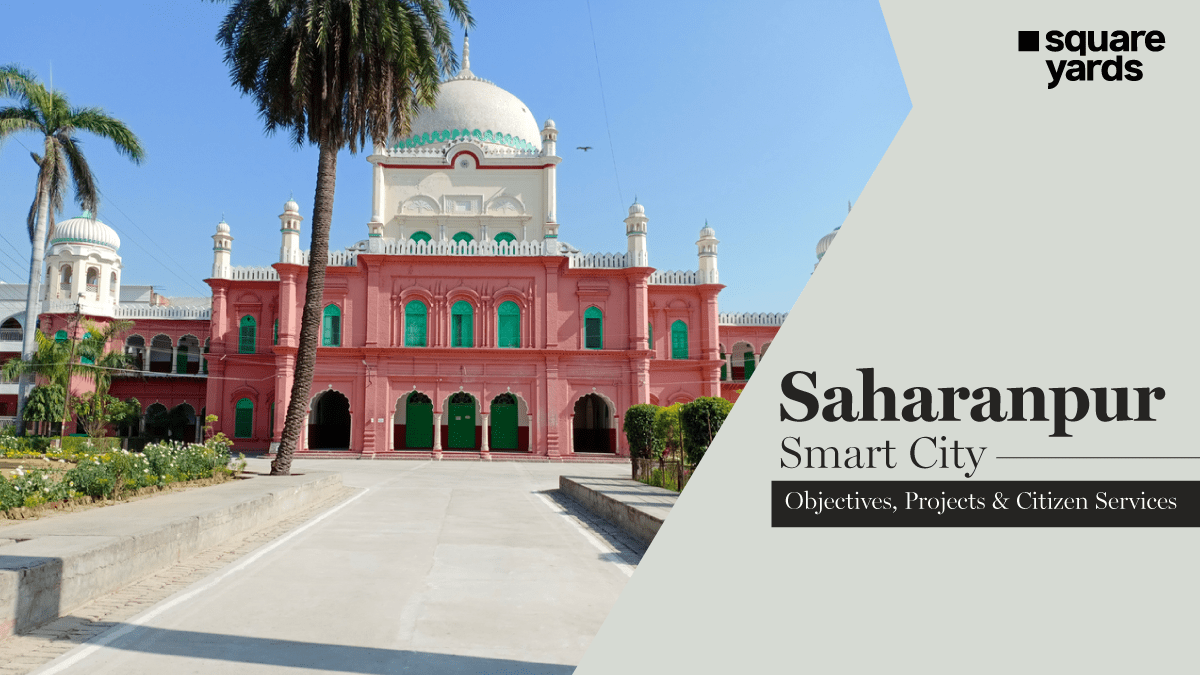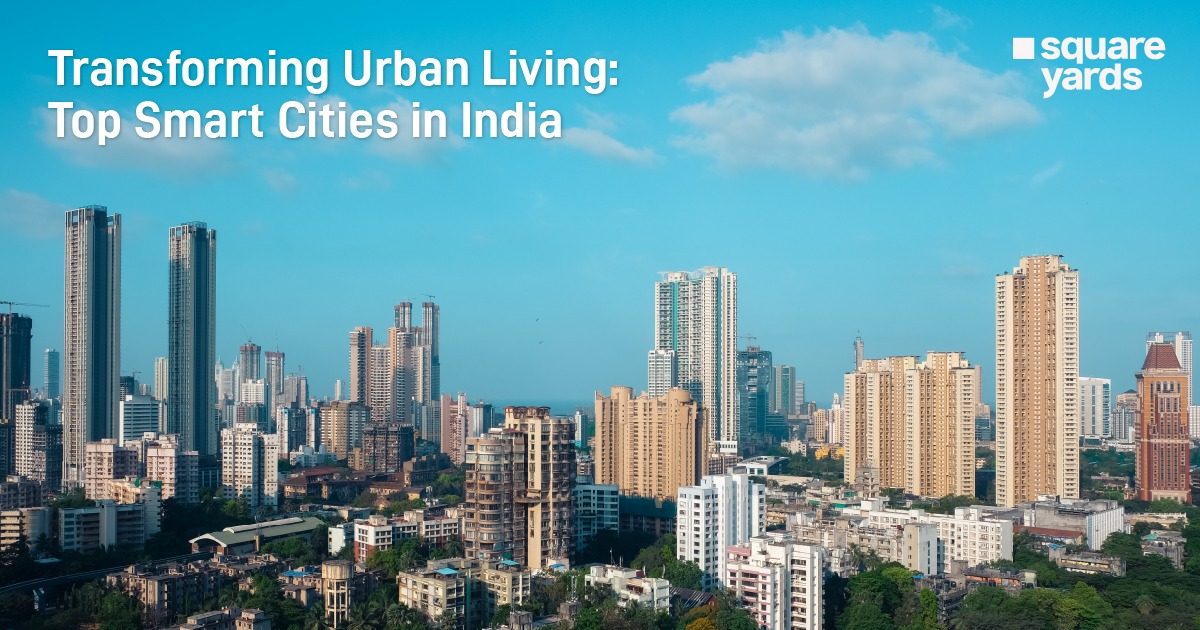The Indian government has made the decision to lower its highway construction targets for the fiscal year 2024-25, signaling a shift in its post-election growth agenda. Despite the lowering of targets, this adjustment should not be viewed as a lack of progress, but rather as a strategic move to address various challenges and optimize resource allocation.
A More Pragmatic Approach to Infrastructure Development: The decision to lower highway construction targets is a testament to the government’s commitment to infrastructure development. Although financial constraints and the need to reassess ongoing projects have influenced this adjustment, it represents a strategic recalibration rather than a sign of stalled progress. By focusing on prioritizing quality over quantity, the government aims to complete ongoing projects efficiently and within budget. This approach reflects a response to the need for better resource allocation and the identification of and solutions for past bottlenecks that have hindered project completion.
Addressing Financial Challenges and Sustainable Development: One of the key reasons behind the adjustment of highway construction targets is the presence of financial challenges. Funding gaps and rising costs of raw materials have played a significant role in influencing the decision. By lowering the targets, the government aims to optimize the use of available resources and mitigate the risk of overstretching its capabilities. In opting for a more sustainable development pace, the government aims to align infrastructure targets with long-term economic goals. This calculated approach ensures the efficient utilization of resources and promotes responsible allocation to avoid financial burdens in the future.
Reassessing Priorities and Implementing Reforms: The post-election scenario provides an opportune moment for the government to reassess its priorities in light of immediate infrastructure needs and future growth plans. Taking advantage of this period allows for the identification of any inefficiencies within the current system and opportunities for implementation of necessary reforms. While the targets for highway construction have been lowered, the government remains firmly committed to infrastructure growth. Strategic projects that generate significant economic benefits and enhance connectivity across the country will continue to receive adequate support.
A Balanced Approach to Development: The adjustment of highway construction targets for FY25 reflects a strategic and realistic approach to infrastructure development. It allows for a delicate balance between immediate infrastructural needs and long-term growth objectives, emphasizing the commitment to quality and effective project execution. The government’s decision showcases a desire to address challenges head-on and optimize available resources for sustained, impactful development. By prioritizing strategic initiatives that align with broader developmental goals, India aims to create a comprehensive and interconnected infrastructure network that supports economic growth and upliftment. In conclusion, the Indian government’s adjustment of highway construction targets for FY25 represents a pragmatic shift in its approach to infrastructure development. This strategic recalibration takes into account the nation’s financial constraints, the need for better resource allocation, and a reassessment of priorities. Despite the reduction in targets, the commitment to infrastructure growth remains resolute as the government focuses on fostering sustainable development and achieving long-term economic goals.























